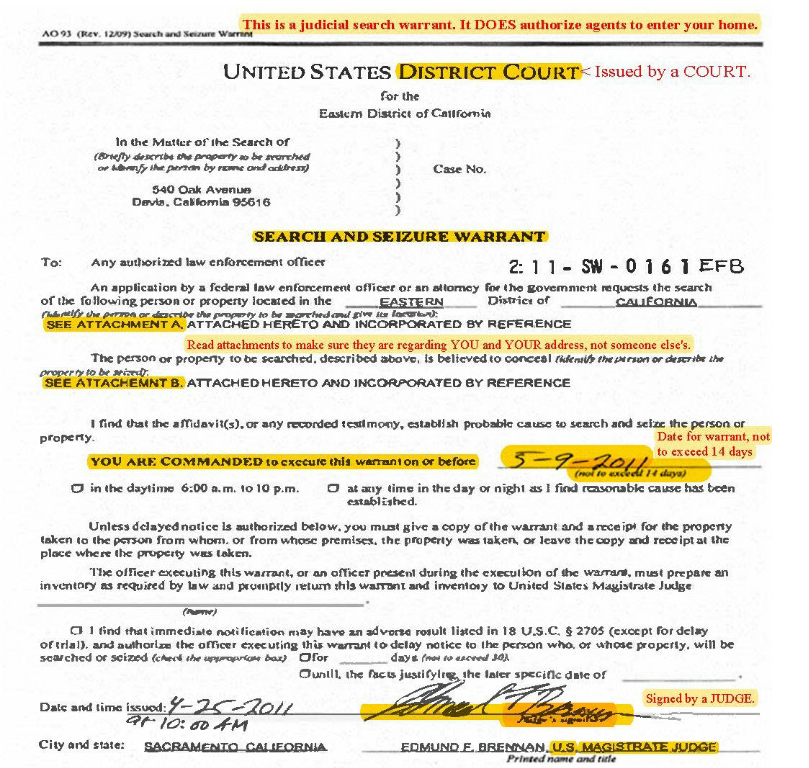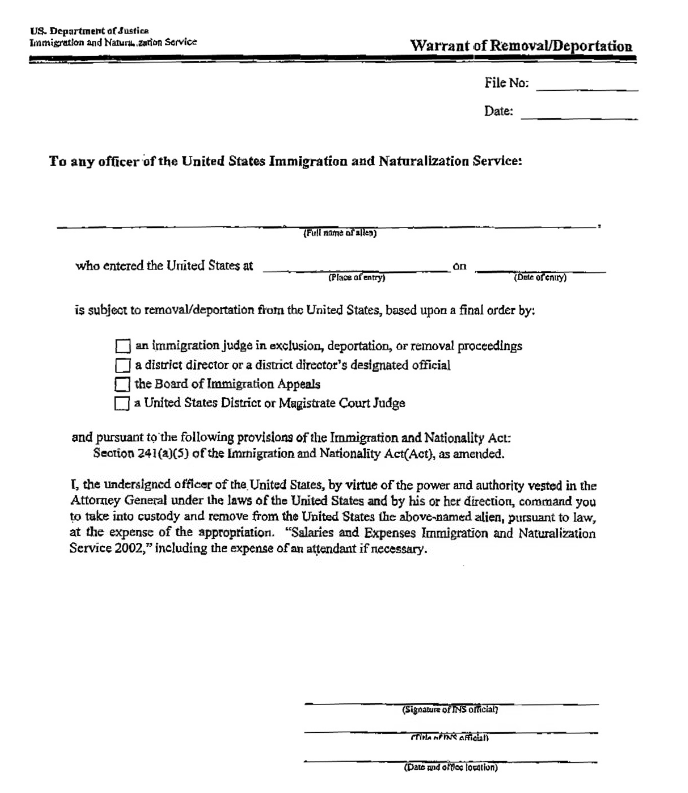Insight Immigration Issues for Employers in 2025 and Beyond
By Catherine Renshaw,
Employers may be facing additional oversight from the new administration, even for those who do not employ foreign workers. This article focuses on three enforcement tools, likely to be employed by Immigration and Customs Enforcement (ICE) and United States Citizenship and Immigration Services (USCIS): I-9 audits, workplace enforcement, and raids. In addition to providing an overview of what to expect, this article provides practical steps for employers to prepare in the event of a visit from ICE.
I-9 Audits
Employers have long been required to verify employment eligibility by way of a Form I-9 or E-Verify. For every individual to be hired, U.S. employers must complete an I-9 or E-Verify to confirm “the identity and employment authorization of individuals hired for employment in the United States.”
New hires, too, have an obligation to show their potential employer acceptable documentation to prove identity and employment authorization. The ins and outs of these requirements are maintained by USCIS in the M-274, Handbook for Employers.
Under the new administration, employers can expect to see increases in subpoenas and Notices of Inspection (NOI), which are written directives or requests from ICE and Homeland Security Investigations (HSI), to inspect I-9s on file. All employers are guaranteed at least three business days in which to comply with a NOI. Rather than immediately handing over I-9 materials, use the three business days to contact counsel and review personnel files for sensitive information not required to respond to the NOI. When communicating with ICE or HSI, be courteous and defer questions to counsel. Employers should not answer questions beyond what is required in the subpoena or NOI.
If ICE finds I-9 violations, employers may be subject to either civil or criminal liability, depending on the severity of the violation.
Increased Workplace Investigations
In addition to a review of paperwork, employers may also experience in-person visits from ICE or HSI, either to serve a Notice of Inspection or to ask questions of a business or a specific employee. As above, always be courteous and defer questions to a designated company representative or counsel. Employers are encouraged to collect the business cards of the ICE or HSI agents on scene, record their activities on company property, and take note of whom and what ICE/HSI may arrest, seize, or search.
ICE or HSI may use one of two types of warrants – administrative or judicial. Administrative warrants will be on the Department of Homeland Security (DHS) letterhead and will not be signed by a judge. When presented with an administrative warrant, employers must allow ICE or HSI to inspect public areas. In contrast, judicial warrants will have a court caption at the top of the page and will be signed by a judge. Unlike administrative warrants, judicial warrants allow ICE/HSI agents to enter an employer’s workplace, or any other private location, where the occupant has a reasonable expectation of privacy. The designated company representative should become familiar with the differences between these two documents.
Judicial Warrant

Administrative Warrant

Workplace Raids
In more extreme cases, ICE/HSI may choose to conduct a “raid.” Employers in the following instances are more likely to be targets of a raid: meatpacking plants, agricultural facilities, factories, and the hospitality industry. When executing a raid, ICE/HSI will likely have a judicial warrant to search the premises. The designated company representative should review the warrant to ensure that the company information (including registered business name and address) is correct. The representative should also confirm that the warrant is being executed within the allotted time frame and that the search or seizure is limited to the areas and items described in the warrant.
Again, employers should record the number of ICE/HSI agents, collect business cards, describe how they were dressed or armed, and indicate whether the agents made anyone believe they were unable to move or leave. If ICE/HSI takes documents as a result of the warrant, employers will be entitled to an inventory receipt. If anyone is arrested, employers should ask the ICE/HSI agents where the individual will be taken, so they may alert family members and counsel.
How to Prepare
The best way employers can prepare for an I-9 audit or other workplace enforcement action is to make a plan before it happens. Designate a company representative to handle all communications with ICE and HSI. This individual should be familiar with the difference between administrative and judicial warrants. Employers should also conduct an internal I-9 audit to ensure that their files are compliant. Counsel may assist with these procedures.
When encountering ICE/HSI, employers should not:
- Interfere with agents, including providing misleading information
- Help employees leave surreptitiously or shield them from ICE
- Answer questions beyond the scope of the warrant, such as hiring practices, employee population, or suspicions of status
- Destroy evidence
- Instruct employees to remain silent
- Consent to searches or arrests
Employers should:
- Be courteous and respectful to ICE agents
- Call counsel
Immigration law is changing at an unprecedented pace during this administration. Employers are encouraged to look out for client alerts and to connect with counsel to stay abreast of these frequent updates.
This article is provided by Hawley Troxell Ennis & Hawley LLP for educational and information purposes only. It is intended to notify our clients and friends of certain events or issues. It is not intended to be, nor should it be, used as a substitute for legal advice regarding specific factual circumstances.
